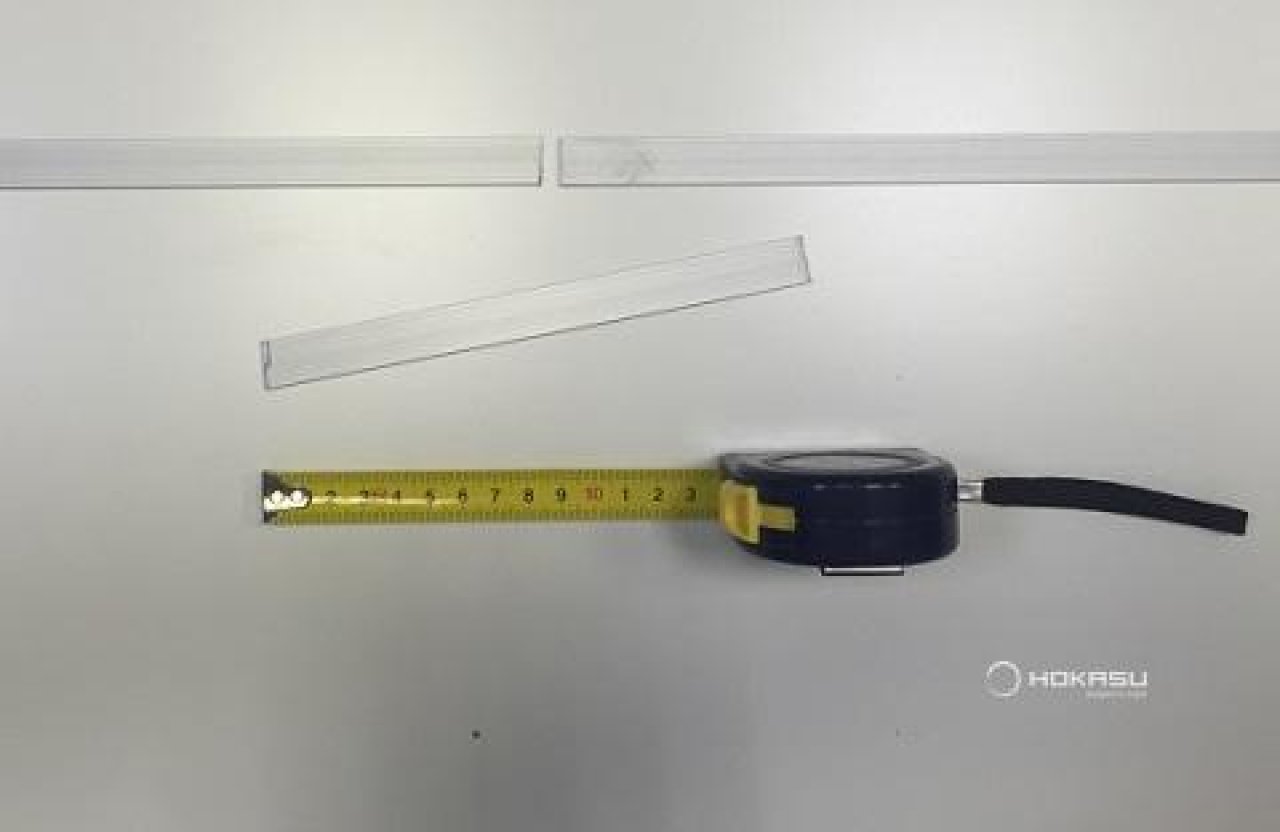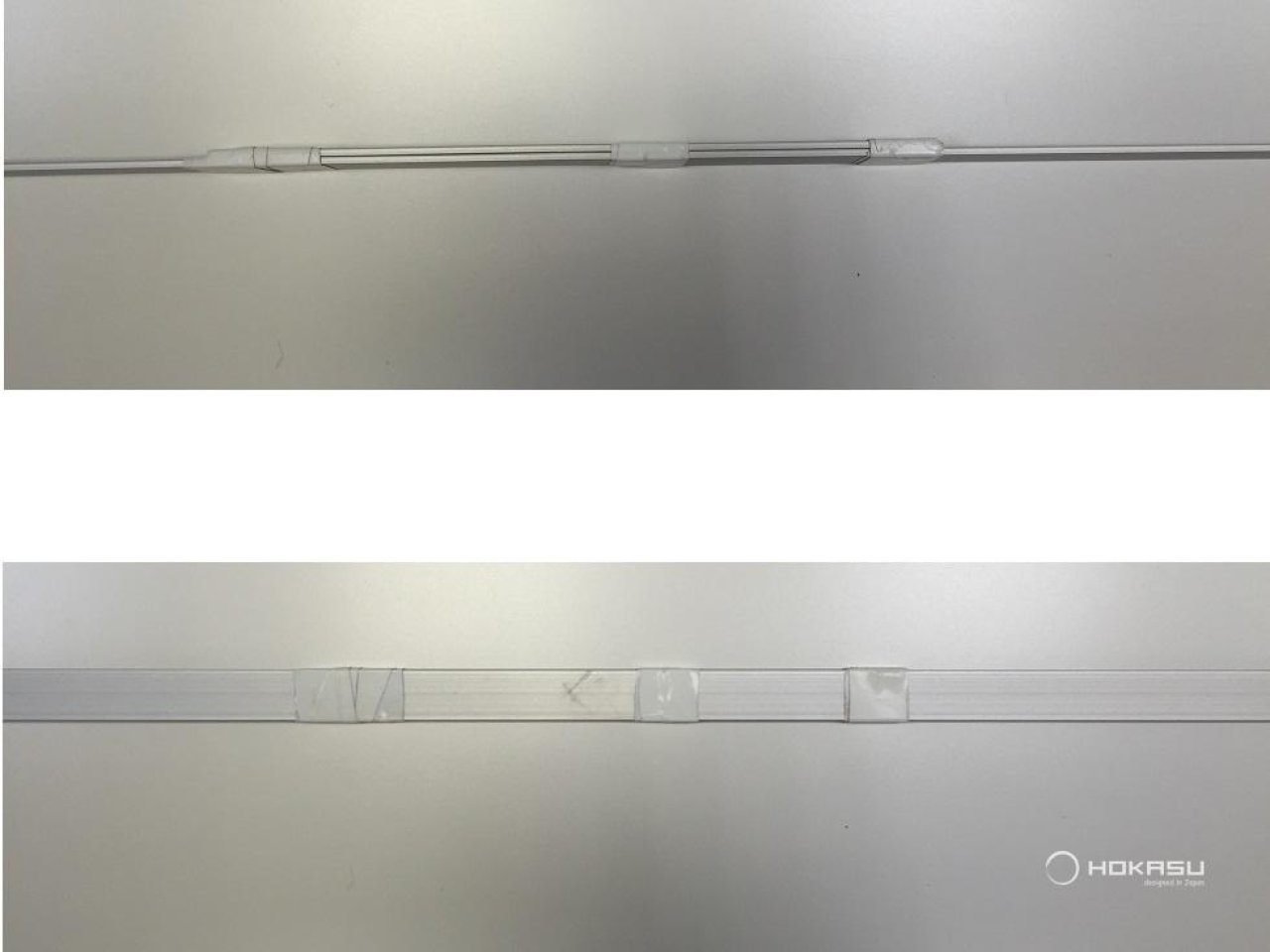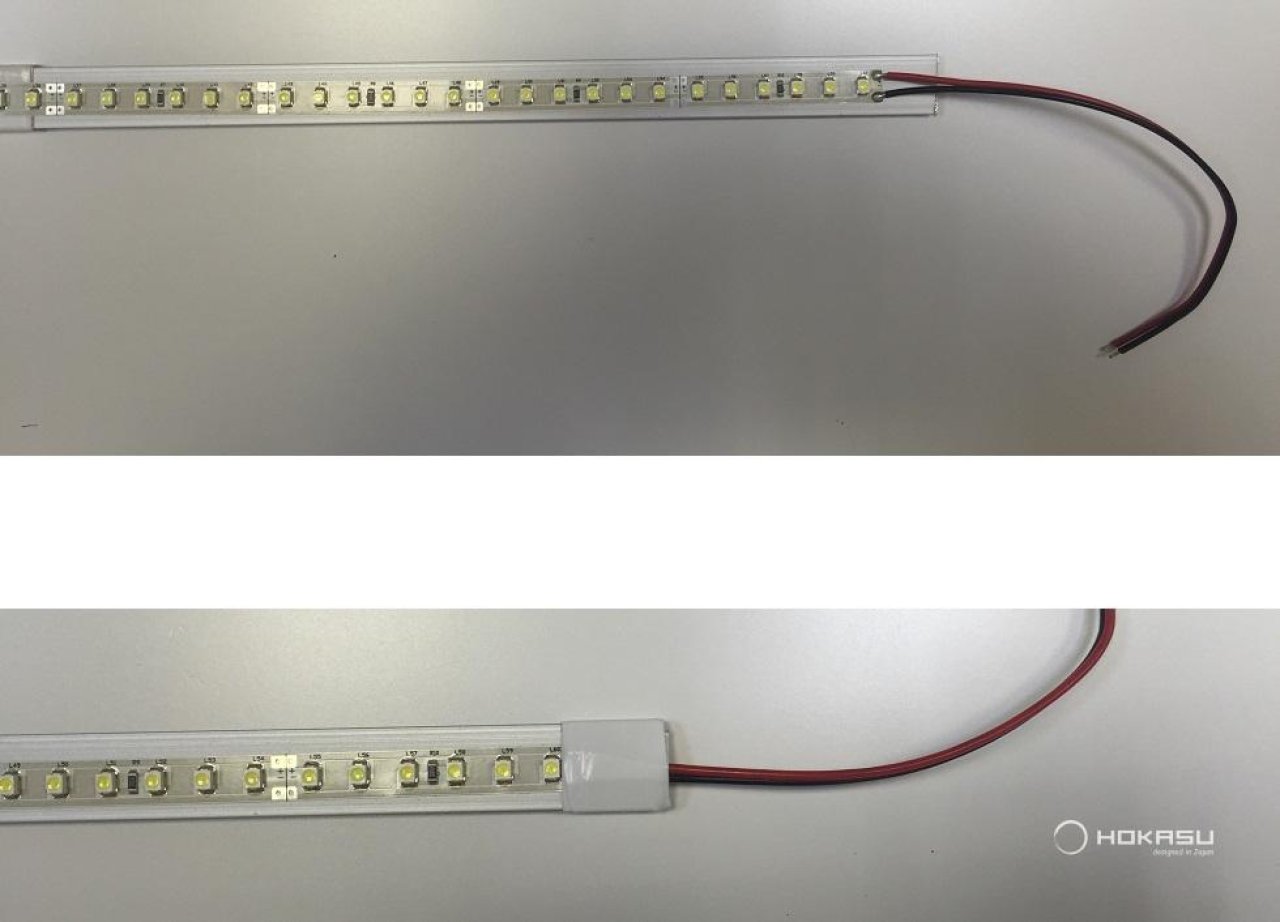Cookies are used for optimal website experience.
Mounting the LED strip on the LED heatsink
Let's make it clear for what and when to use
LED heatsink - aluminum anodized profile or plate.
As you may already know or have heard - led ribbons are warm
(although insignificantly for a person: 50-60 degrees, but quite significantly for the viability of LEDs).
LED strips of low power up to 7-9 W/m are heated to very low temperatures, and their cooling is sufficient
atmospheric air, there is no need to glue them to a special surface.
LED strips "Basic lighting",
which have power up to 40W/m need a heat conducting surface (aluminum, copper...). As such a heat sink
it is often advised to use LED aluminum profile, But if you don't have a need for aesthetics and you don't need
We recommend that you use an aluminum strip for the light scattering screen (e.g. for backlighting).
In order to understand why the LED strip can not be glued to a simple metal plate or steel (drywall guides), consider what is the LED strip:
LED Strip - is a flexible copper foil (stencil) on which SMD LEDs are mounted and the back side is an adhesive backing with a protective layer.
When installing, all you have to do is remove the protective layer from the tape and glue the tape on, but be watch out! When you remove the protective layer, especially on cheap LED tapes, you may find that the adhesive base (film) is applied to the tape unevenly, resulting in conductive paths under the tape are bare and in the case of mounting the tape on ordinary metal (profile) you can short-circuit (+/-). To prevent this, special LED strips (bars, plates, heat sinks ...) are made of lightweight aluminum and treated in a special solution by chemical anodizing, which forms an insulating shell, as well as gives an aesthetic appearance.
Easy installation and easy maintenance
The most popular type of lighting is backlighting.
.
When installing the tape in most cases you will have to work on the ceiling, which due to some inconvenience may affect the quality of the work performed.
Aluminum strip makes it possible to work on the floor, check the wiring diagrams, tightly fix the wires and only then lay the whole rigid (sturdy) structure on the ceiling.
How does it work?
Aluminum strips are sold in 2m lengths.
1. Measure the walls and cut the LED radiators (strips) of the desired length (for each wall).
This can be done with metal scissors.

2. With the help of spacers we rigidly connect our strips with duct tape
Spacers we make from the same strips (10-15cm).

3. Glue the LED strip and additionally fix the edges with wires
This will give our construction reliability and prevent the edges of the LED strip from peeling off.

4. Connect the power and check how everything works.
5. Lift a solid strip on each side and lay it behind the eaves.
Connect at the corners.
6. There is no need to fix the construction on the ceiling!
By moving the ribbons across the width of the curtain track, we achieve optimum illumination.
04.05.2024

